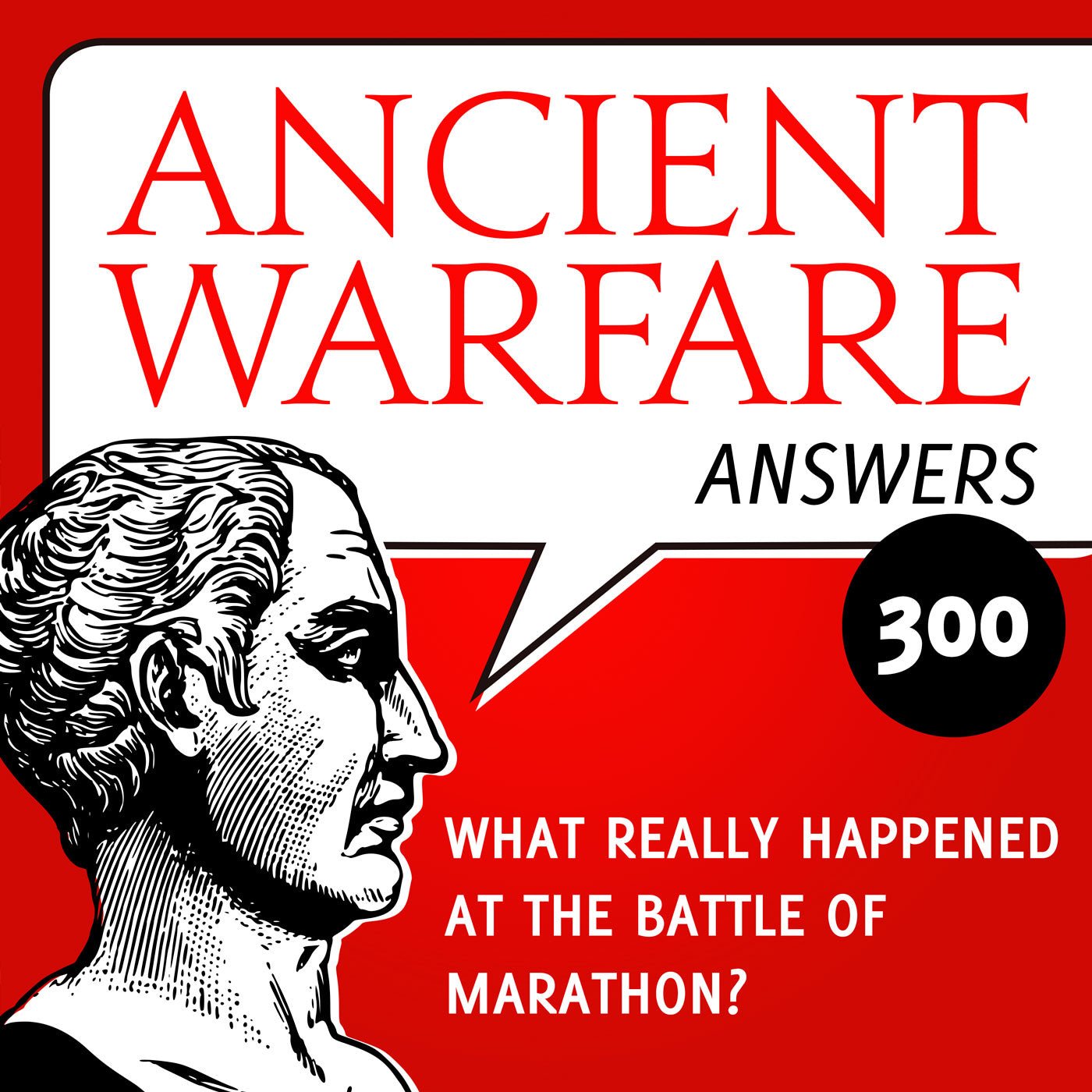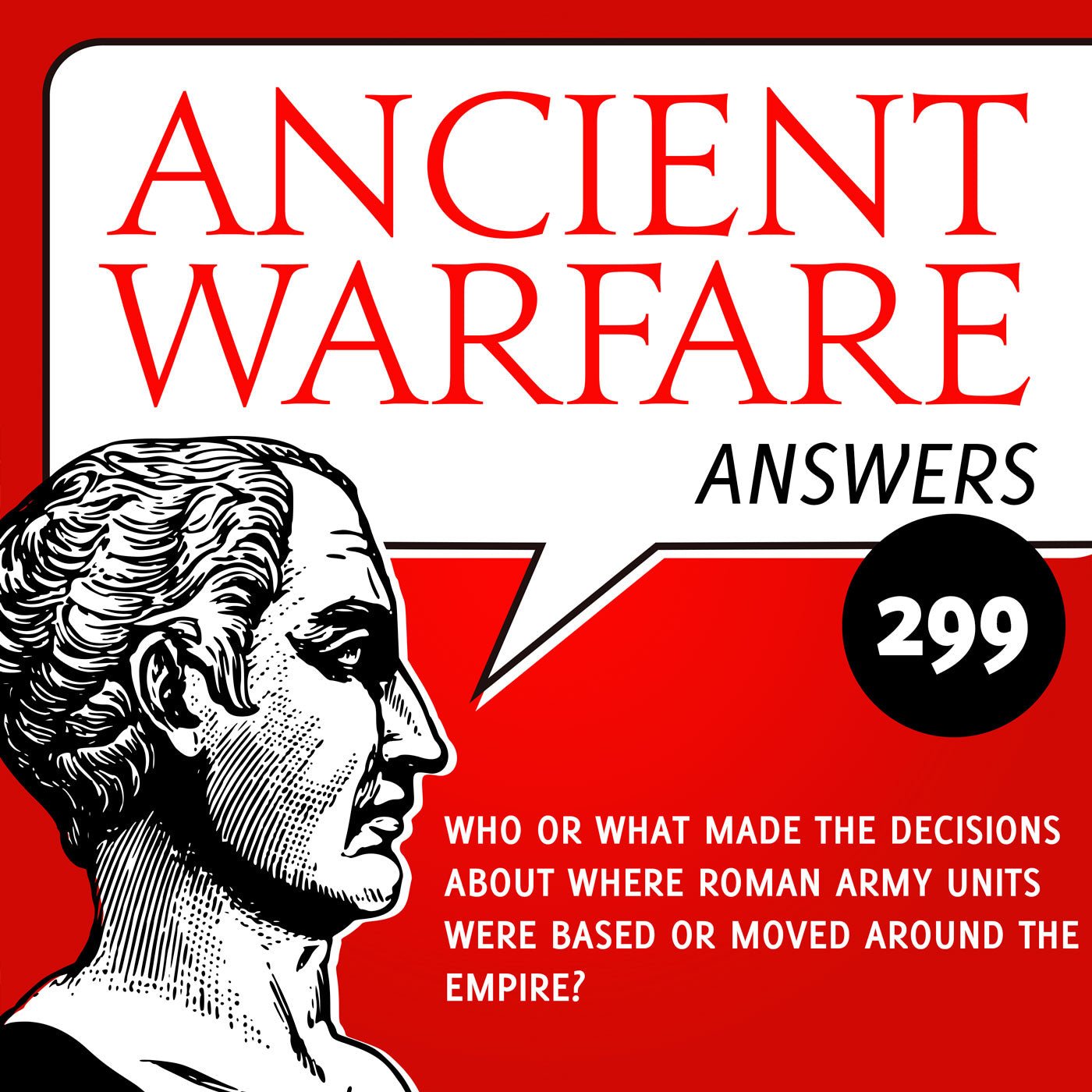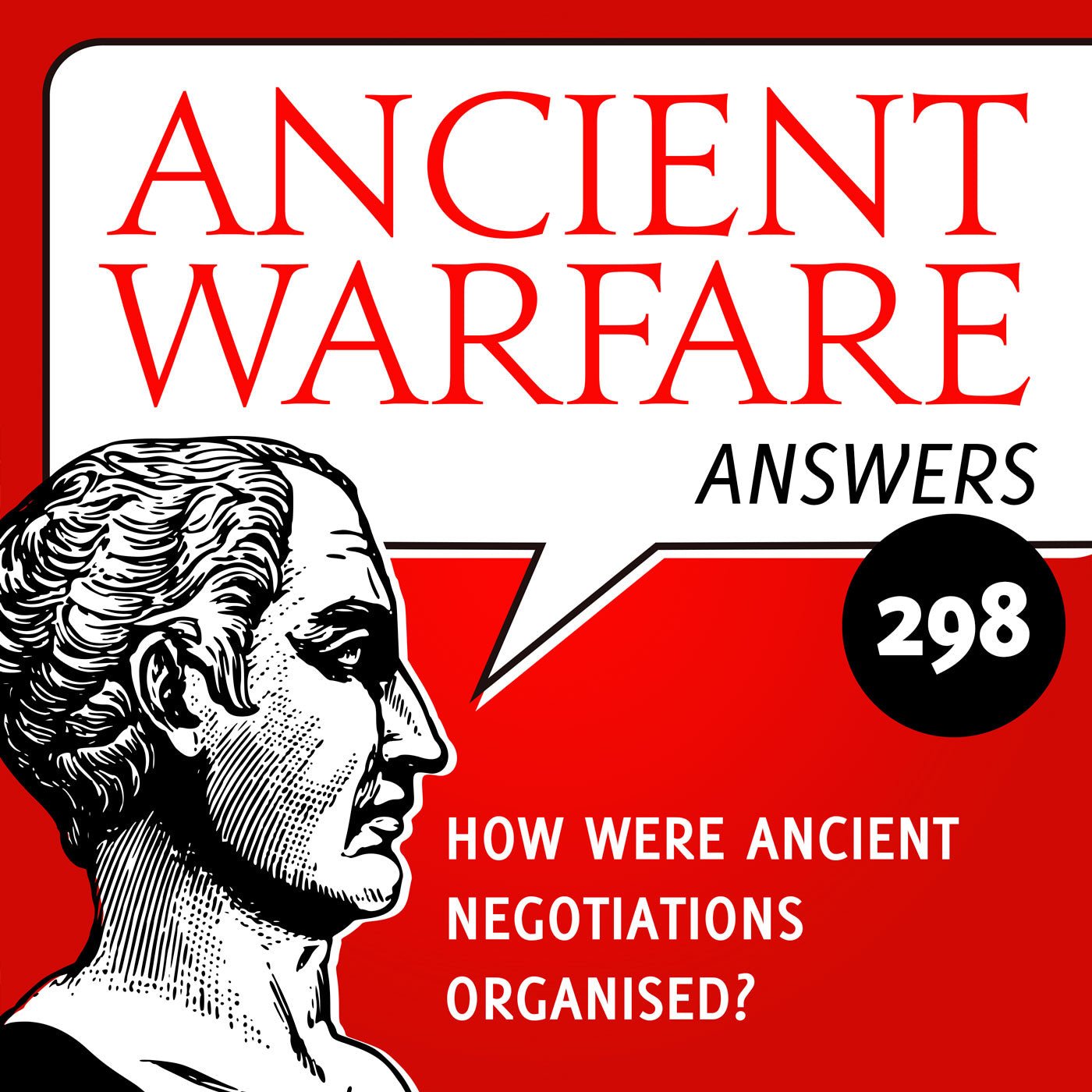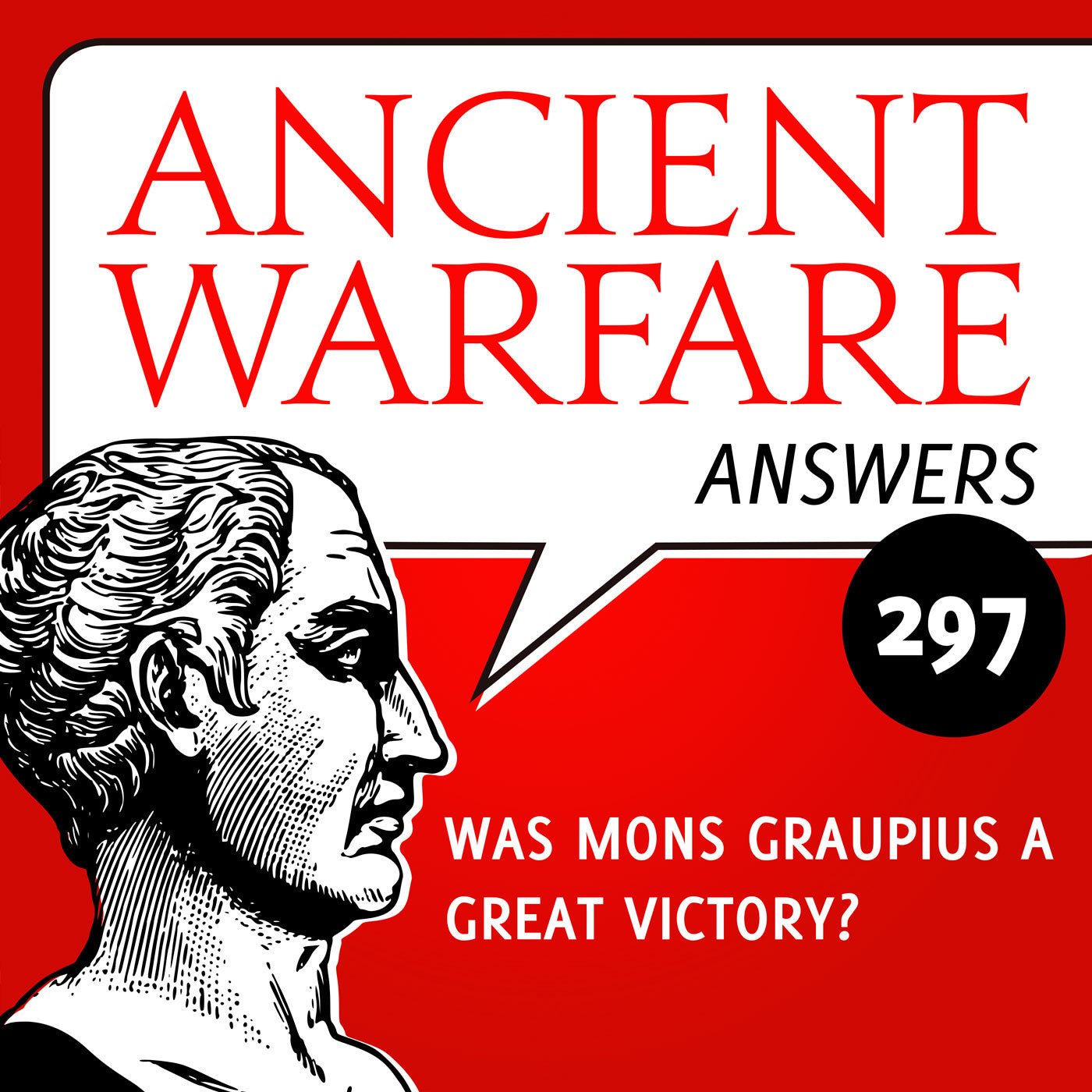Hercules: The Thracian Wars (review)
The summer of Hercules continues! The latest Hercules movie, starring Dwayne Johnson, is on my list to see in a few days. The advertisements emphasize the fact that it is based on the graphic novel Hercules: The Thracian Wars (2008), written by Steve Moore. However, Steve Moore was reportedly unhappy with what Hollywood was doing and did not want to be associated with the movie at all. You can read more about the gory details in this interview with famed writer Alan Moore (no relation), of Watchmen fame.
In any event, the new movie offered a good excuse for me to seek out the graphic novel, especially as it seems to have been relatively well received. Finding it proved slightly more difficult than expected. The first comic book shop that I visited hadn’t even heard of the graphic novel, nor were they aware that the new movie was based on it. The second shop, one or two streets over, did have a single copy available, which I readily snatched up.
Be warned that this review contains spoilers.
Hercules: The Thracian Wars was, as is often the case, originally published in smaller issues. There were five in total, each about 28 pages or so in length, which is a common format for comic books. The first thing that I noticed when starting to read the graphic novel is the great artwork by Admira Wijaya. However, I presume that the colourist in places decided to digitally blur parts of the picture to create a sense of depth. I generally don’t think that really works well with hand-drawn art, even though it’s not very conspicuous in this particular book.

The book is set around 1200 BC and focuses on Hercules and his rag-tag group of mercenary companions. These include Iolaus, Meneus, the seer Amphiaraus, Autolycus, Meleager, Atalanta, and Tydeus. Most of these figures are known from Greek mythology. Iolaus was Hercules’ nephew and assisted him in some of his labours, most famously the fight against the Hydra of Lerna. Amphiaraus was a seer and king of Argos. In Greek myth, Autolycus is supposed to have taught Hercules how to wrestle. Meleager and Atalanta are known, among other things, from the hunt for the Calydonian boar. Tydeus is the father of the Homeric hero Diomedes and one of the Seven against Thebes.
Steve Moore knows his Greek mythology and plays around with some of the characters. According to the conventional tale, Meleager had fallen in love with Atalanta and offered her the skin of the Calydonian boar, which resulted in a quarrel with his uncles, whom he killed. (The story continues by saying that his mother then placed a log on the fire that, according to prophecy, would cause Meleager to die if it was destroyed. Moore ignores this aspect.) In the comic, Meleager frequently refers to Atalanta as “my love”, much to her chagrin.
Atalanta herself is shown to be a tragic figure, longing for death after having been raped by Hippomenes. Moore tells most of the story as we know it from the ancient sources, especially Ovid. Atalanta had said that she would only marry the man who could beat her in a running contest. Naturally, all men lost and were promptly killed by her. Hippomenes, however, managed to beat Atalanta by dropping golden apples whenever she came near to overtake him. Moore doesn’t mention that the apples were a gift from Aphrodite and that Atalanta had actually fallen in love with him. In this book, Atalanta was a virgin, a “nymph” of the goddess Artemis, who was taken advantage of by Hippomenes, who took her “maidenhead, innocence”.
Then there is Tydeus. In the story of the Seven against Thebes, of which Aeschylus’ play with the same name is one source, Tydeus was a chosen of Athena. The goddess had promised to make him immortal. But during the battle, Tydeus had been wounded by Melanippus. Amphiraus – also included in the comic – killed Melanippus and gave Tydeus his head. Tydeus was so angry that, according to Pseudo-Apollodorus, he began eating Melanippus’ brains. Athena was so disgusted that she decided to make Tydeus’ son Diomedes immortal instead. In the graphic novel, Tydeus is presented as a savage cannibal who eats the brains of his victims. Not exactly subtle, but it does help to make him a distinct character, as it were.
There are a few other touches here and there that add to the story. A rival Thracian king is called Rhesus, and it becomes clear that this is the same Rhesus as the king killed in Homer’s Iliad during the night expedition of Odysseus and Diomedes. Hercules’ divine origins and some other episodes are recounted along the way, but it isn’t always clear just how much of these stories is supposed to be true or false.

The plot of the graphic novel is simple. Hercules and his companions are hired by Cotys, the king of the Thracians, to train his men. Hercules thus teaches the Thracians to fight in the Greek – or rather, considering the era that the story is set, “Mycenaean” – manner, which means using formations. They then discover that Cotys wants more than just unite the Thracian people: he wants to lead his army southwards and invade and conquer Greece. Hercules and his companions naturally disagree with this plan, are captured, escape, and then plot revenge. They manage to kill Cotys and many of his men. They are about to steal his gold, when King Rhesus pops back into the story and sends the Greeks packing. At the end, Amphiaraus gets a vision and tells Hercules that he must go to Thebes; Tydeus goes with him, and we all know how well their little venture will end.
One thing to note is that Steve Moore is definitely no Alan Moore as far as the writing is concerned. Most of the dialogue is serviceable, but the book does contain some cringe-worthy lines. The fifth and final issue starts with Hercules saying, “When we get to the palace, we just take out everyone, no mercy.” When Atalanta later points out that Cotys is going away, he barks, “Then kill your way through this mob and get after him!”
Most of the characters feel very unrefined and simplistic. Indeed, there are only a few characters that have any personality to them. In fact, the characters usually have only one defining characteristic. For example, Hercules is strong, Tydeus is an insane cannibal, Amphiaraus is an old seer, Atalanta is a woman with nothing to lose, and so forth. No character has an arc or develops in any meaningful way.
The plot itself is, as noted, simple, and perhaps too simplistic. The entire first issue also feels like quite a lot of padding, and for all the action in the story, I felt like not an awful lot had happened at the end of it. Meneus, the young boy invented by Steve Moore to give Hercules an oh-so-Greek male lover, is killed off at some point to give Hercules a reason to want to exact bloody vengeance on Cotys. However, there is no evidence that the Mycenaeans practiced pederasty; in fact, there is no evidence for any sexual relations in Homer, for example, other than between man and woman, with the possible exception of Zeus’ abduction of the beautiful Trojan boy Ganymede.
Archaeologically speaking, the architecture, weapons, armour, and other objects are all over the place. The story is set in Thrace, ca. 1200 BC. However, there is, to the best of my knowledge, no evidence for the existence of pseudo-Mycenaean palaces in Thrace (the northern regions bordering the Aegean Sea) at around this time, nor that “Thracian” kings wore Hellenistic-looking crowns. Likewise, it seems unlikely that a Thracian palace like this would have lots of stone corridors and be outfitted with various kinds of mechanical traps of the kind that you would expect from an Indiana Jones movie. On a related note, the first issue includes a man who is referred to as an “actor” – theatre, of course, would not be invented for another seven centuries.
Tydeus and others wear typical Hollywood-style leather armour and pteruges, and the leather lower arm or wrist guards that are part and parcel of every sword-and-sandal movie of the past sixty years or so are equally as common. Helmets range from the Corinthian-style helmets of the seventh century BC and later to helmets inspired by Frank Miller’s 300, complete with pronounced forehead guard. Other bits of weapons and armour tend to err more on the side of pure fantasy. Kudos to the artist for including a boar’s-tusk helmet, though – one of the few genuinely Mycenaean touches.

The graphic novel also contains an interview by Mike Conroy with Steve Moore. In this interview, Moore stated that the story intends to show Hercules more as a human than a demigod, with his mythological glory days behind him. But the emphasis on his character flaws seems to ignore the fact that the mythological Hercules is a very tragic figure: a son of Zeus, but hounded by Hera, who made sure that he would not rule as king and even caused him to go insane and murder his first wife and kids.
Moore furthermore claimed that “the whole story is set, as far as possible, in an authentic Bronze Age setting.” He repeatedly said that he gave the artist lots of reference material “for Mycenaean architecture, costumes, weaponry, etc.” I am not sure what references Moore was using, but I already pointed out some of the egregious errors earlier, and it is clear that the book is not very well researched from the archaeological point of view. It is even to be doubted if we can speak of “Thracians” during the Bronze Age: certainly, Homer referred to them, but let’s not forget that he lived around 700 BC and only wrote based on what he knew. Or to put it the other way around: there are no Hittites in the Iliad, for the simple fact that they no longer existed in Homer’s time and no genuine memory of them was preserved.
All of this sounds very critical, but at the end of the day this was an enjoyable read, despite the anachronisms and fantasy elements, and despite some of the weak writing and plotting. The artwork is fantastic, and if you pick up the hardback edition, you will most likely enjoy the beautiful covers and the interview with Steve Moore that gives some further insights into his work process, and also highlight where some of the mistakes came from.
In the interview, Moore stated that he was working on a second series of Hercules, in which the hero and his companions set off to acquire fame and especially fortune in Egypt. This series was published in 2009 as Hercules: The Knives of Kush. I have ordered a copy and will review it here once it has arrived, hopefully still in time for the summer of Hercules!




